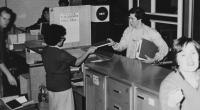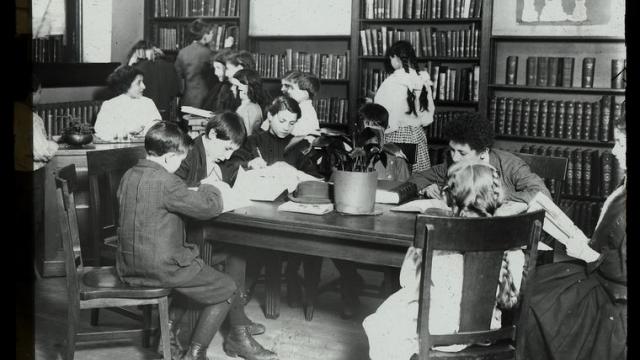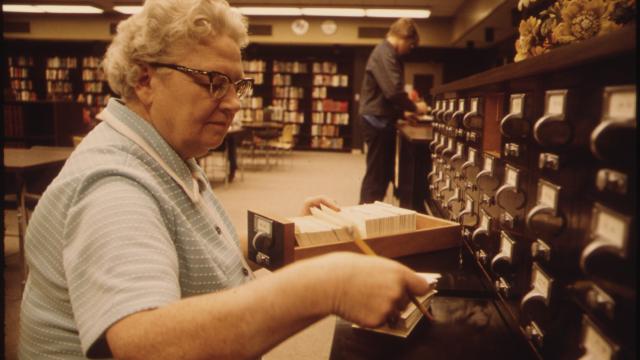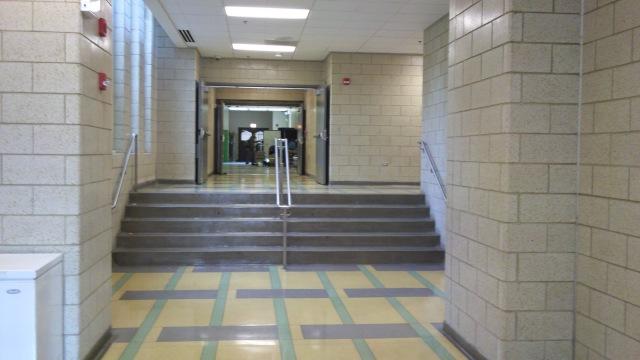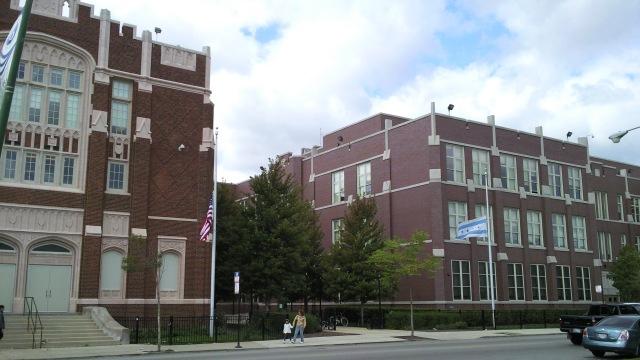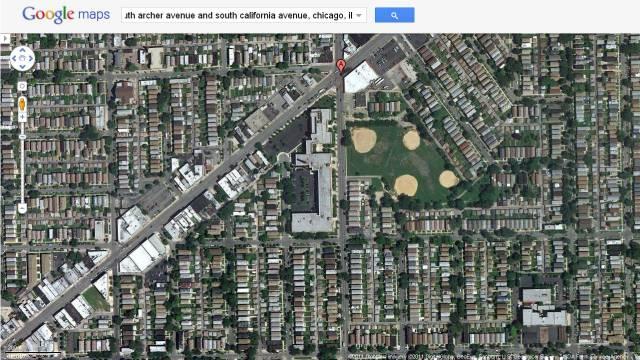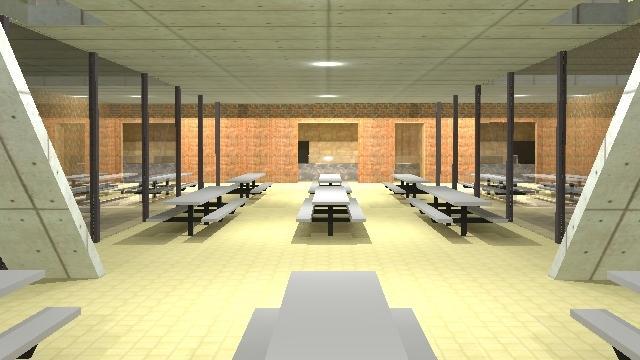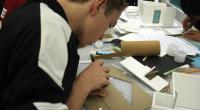
2012 national competition project #216 | cafeteria redesign
Necessary cafeteria functions:
The cafeteria at delta high school will need to have a kitchen that makes food for the students. The kitchen needs to be big enough to make enough food for 400 students. There needs to be food service counters that students can take food before they pay. Since delta is a small school and the buildings are smaller than a normal high school there needs to be two lunch lines in order for the cafeteria to function properly. The two lines will need to function in a U shape where students can get there lunch and all the other dressings. After the students pay they will have options were they can sit without disturbing the other students standing in line.
The cafeteria space will need to provide tables and seats for up to 350 students. There will be additional space outside only for eating lunch if students want to be outside. There also has to be a variety of seat options. There needs to be seats were students can talk one on one to each other and also were they could talk in groups. Also the cafeteria needs to have a clean-up room were all the necessary tools are needed to clean the cafeteria when the students are done eating.

